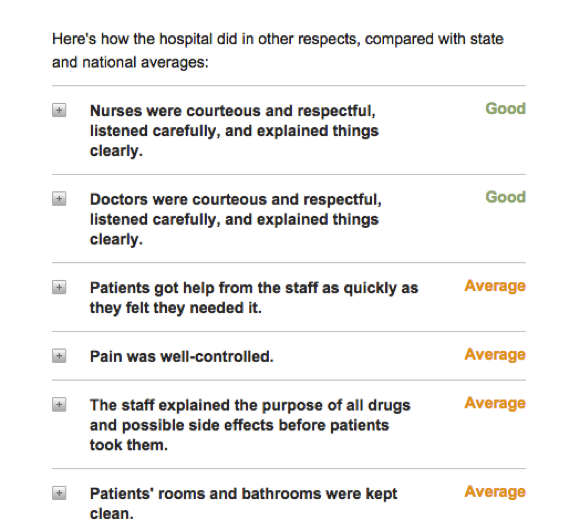Guest posting by Sarah Bakhiet
This semester, my team members and I have been devising a way to reduce the post-operative length of stay of pediatric liver transplant patients. One of the most challenging problems is improving the efficiency of the tasks that must be completed before a patient can be sent home, ranging from preordering prescription medicines to closely monitoring the daily progress of a patient’s recovery. Throughout our brainstorming process, the idea of “robot doctors” has been thrown around jokingly as we rack our brains for any possible solution. Although it isn’t an option for our project, robot doctors have been slowly making their way into hospitals throughout the United States and are expanding the world of telemedicine.
Robot doctors can be defined as robotic devices that assist in optimizing a physician’s ability to treat patients. The aim of robot doctors is not to replace physicians altogether, but rather to enable a physician to practice more efficiently and precisely. One such device is the RP-6 robot (Remote Presence medical robot), created by InTouch Health Inc. Standing five feet tall, the RP-6 robot consists of an interactive screen through which a doctor can communicate from a remote location. Controlled by the physician, it is capable of navigating through a hospital and finding its way to a patient’s room, where the physician can virtually interact with a patient. Doctors are now able to diagnose a patient and provide medical advice from hundreds of miles away.
This technology comes particularly handy in a world where there is a growing demand for doctors that simply isn’t being fulfilled. Furthermore, specialists such as intensivists are especially needed throughout the US, where there are around 6,000 practicing intensivists but more than five million patients that are admitted to Intensive Care Units per year (UCLA, 2013). By allowing physicians to attend to patients from anywhere in the world, robot doctors help increase the number of patients that can be treated and thus alleviate the shortage in physicians. Additionally, they allow for time-sensitive cases to be addressed quickly, such as stroke patients who may not have time to wait for a specialist to arrive before severe brain damage occurs. RP-6 robots have been introduced to several hospitals throughout California, Nevada, and Arizona and are expected to become a valuable asset to many more hospitals (Chea, 2013).
Another type of robotic doctor is the da Vinci Surgical System, which was developed by Intuitive Surgical Systems. The de Vinci is controlled by a surgeon and allows the surgeon to be more precise and less invasive in critical surgeries. It also makes up for human deficiencies, such as hand tremors or limited range of hand motion. Offering so many improvements to surgery, robotic surgeons might be preferred to human surgeons in the future, predicts Tom Meltzer in an article in The Guardian (Meltzer, 2014).
Although not completely autonomous, these medical robots are proving to be a valuable asset to doctors and hospitals. Not only does this technology help meet the demand for physicians, but it also enhances a physicians ability to treat patients with quality care. While robot doctors aren’t an option for my team’s project, they are a becoming a solution for many of medicine’s pressing issues.
[1] http://neurosurgery.ucla.edu/body.cfm?id=1169
[3] https://www.asme.org/engineering-topics/articles/robotics/robo-doctor-will-see-you-now





